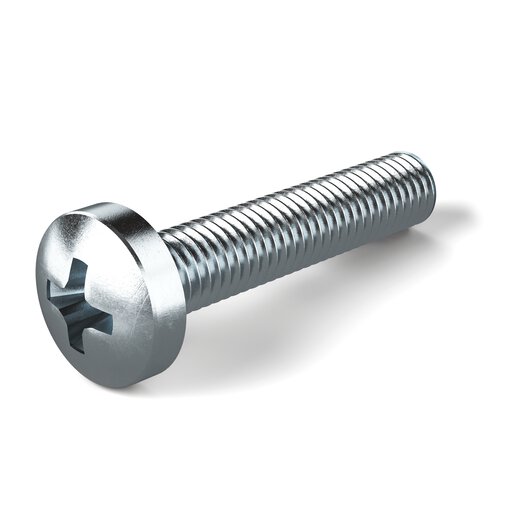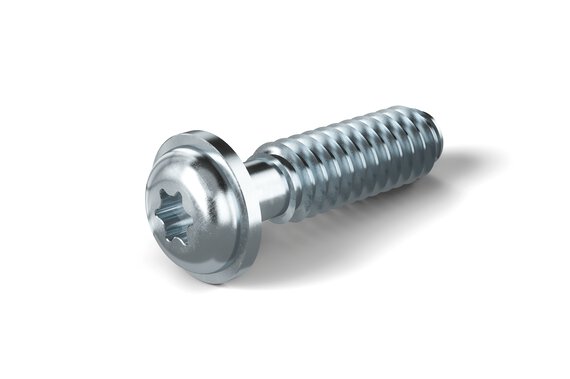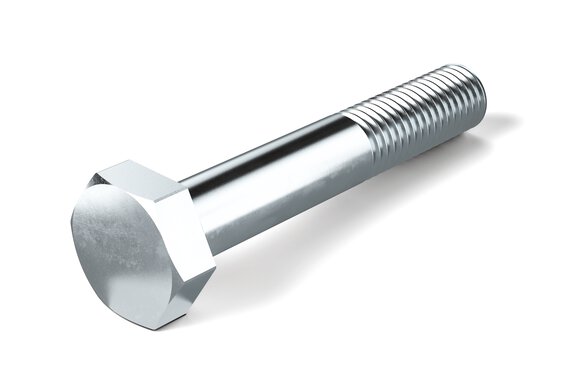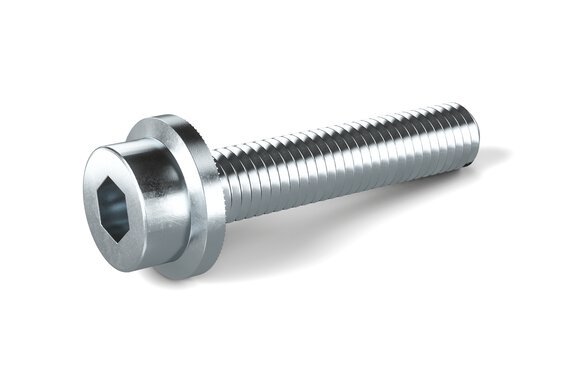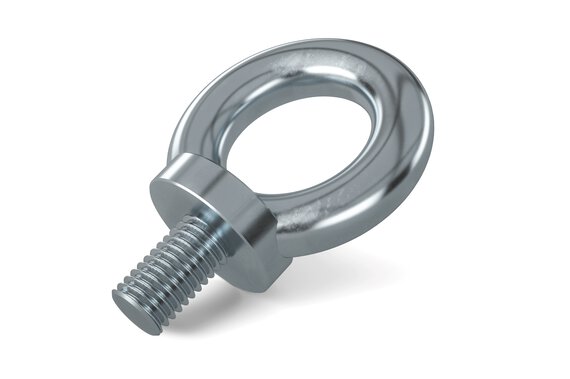Set screws – also called grub screws – have a thread along the entire length of the screw. This means that they can be screwed completely into the receiving material and are designed to clamp a workpiece to the end of the threaded hole. Standard set screws should therefore not be subjected to tensile loads.
Standards
- DIN 551 identical to ISO 4766
- DIN 553 identical to ISO 7434
- ISO 4026 similar to DIN 913
- ISO 4027 similar to DIN 914
- ISO 4028 similar to DIN 915
- ISO 4029 identical to DIN 916
- ISO 7435, similar to DIN 417
